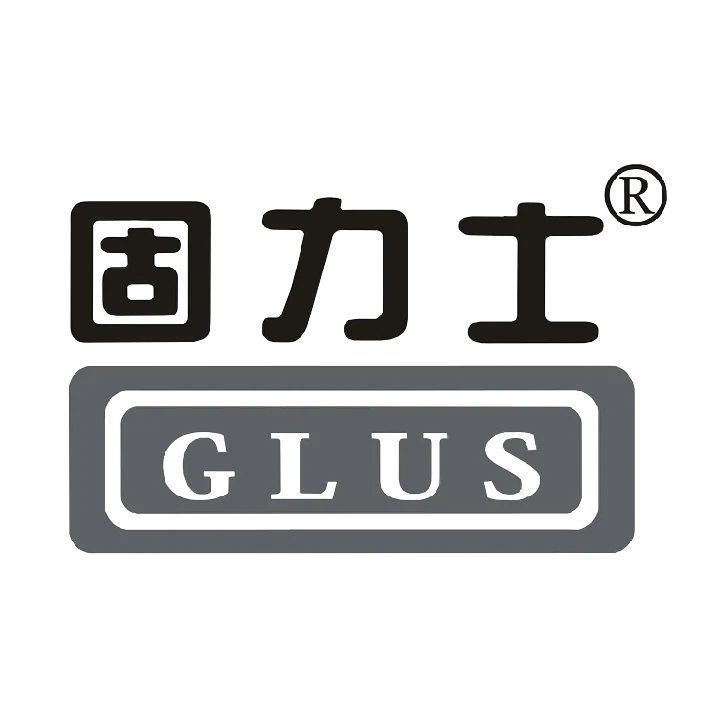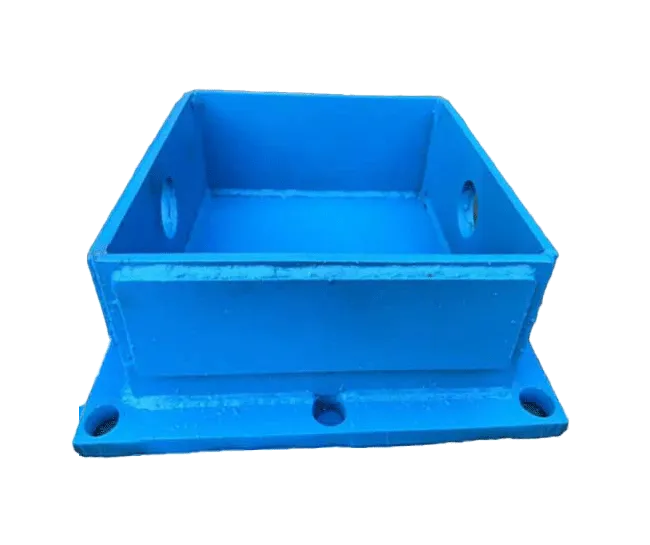Products Description
Movable Outrigger Ground Legs: Solid Support for Stable Equipment Operation
In the operation process of engineering machinery and equipment (such as cranes, pump trucks, aerial work platforms, etc.), the load-bearing capacity of the ground and the stability of the equipment are directly related to operational safety. Movable outrigger ground legs (usually referred to as "outriggers" for short) are movable supporting components of the equipment. They come into contact with the ground through flexible expansion and contraction, dispersing the equipment's weight and operational loads to the ground, providing a stable supporting foundation for various heavy-duty equipment, and are key devices to ensure the safe operation of the equipment.
I. Materials and Structure: The Hardware Foundation for Bearing Heavy Responsibilities
The core components of movable outrigger ground legs are usually made of high-strength alloy steel (such as low-alloy high-strength structural steel). Some key stress-bearing parts will be strengthened through forging or heat treatment processes to meet load-bearing requirements:
- Alloy steel has high yield strength and toughness, which can withstand the equipment's own weight, heavy loads, and impact forces generated during operation, avoiding deformation or fracture under heavy pressure;
- The telescopic structure of the outriggers (such as hydraulic cylinders, screw rods and other driving components) mostly uses precision-machined metal parts, combined with seals to prevent hydraulic oil leakage or impurity intrusion, ensuring flexible and reliable telescopic movement;
- The ground contact end of the ground legs is usually equipped with foot plates (such as square or circular steel plates) that expand the supporting area. The material is mostly wear-resistant steel, which can increase the contact area with the ground, reduce the pressure on the ground, and prevent the equipment from sinking.
Some outrigger components will also undergo anti-corrosion treatment (such as painting, galvanizing) to adapt to complex outdoor operating environments and extend their service life.
II. Core Functions: The Key Transition from Mobility to Stability
The core function of movable outrigger ground legs is to convert the equipment from a "movable state" to a "stable supporting state" during operation. The specific roles are reflected in:
- Load dispersion: When the equipment is moving, the outriggers are retracted; during operation, the outriggers are extended and supported on the ground, dispersing the overall weight of the equipment and the additional loads generated by hoisting and operation to multiple supporting points, avoiding overturning caused by the deviation of the equipment's center of gravity;
- Ground adaptation: By adjusting the telescopic length of each outrigger, it can adapt to uneven ground, keep the equipment in a horizontal state, and ensure operation accuracy (such as the balance of cranes during hoisting, the stability of pump trucks during material distribution);
- Ground protection: The enlarged design of the foot plates can reduce the pressure per unit area. When operating on soft ground (such as construction site soil, grassland), it can reduce ground settlement and prevent the outriggers from sinking into the ground.
Whether it is building hoisting, road rescue or aerial work, movable outrigger ground legs are the safe transition hub for equipment from "moving" to "operating".
III. Types and Adaptable Scenarios
According to the driving mode and structural form, common types of movable outrigger ground legs include:
- Hydraulic outriggers: Driven by hydraulic cylinders for expansion and contraction, they have fast response and strong load-bearing capacity. They are widely used in large equipment such as cranes and concrete pump trucks, and can realize independent adjustment of individual legs to adapt to complex terrain;
- Mechanical outriggers: Driven manually or electrically through mechanical structures such as screw rods and gears, they have a simple structure and low cost. They are mostly used in small engineering machinery (such as small cranes, aerial work platforms) and are suitable for scenarios with small loads;
- Frog-type outriggers: The outriggers open outward in a frog-like shape, with a large supporting span and good stability, but they take up a lot of space after being retracted. They are common in early or specific types of lifting equipment.
Different types of outriggers are suitable for equipment with different weights and operation requirements. For example, heavy cranes mostly use multi-section hydraulic telescopic outriggers, while small aerial work platforms may use mechanical outriggers.
IV. Safety and Operation Points
The correct use of movable outrigger ground legs is a prerequisite for the safe operation of the equipment. Attention should be paid during operation:
- Before operation, check the integrity of the outriggers and the drive system (such as hydraulic oil level, seals) to ensure no leakage or deformation;
- The outrigger support points should be on solid ground. If necessary, lay steel plates or sleepers to increase the stress area;
- Adjust the extension length of the outriggers in strict accordance with the equipment manual to ensure that each leg is evenly stressed and the horizontal deviation of the equipment is within the allowable range;
- It is forbidden to adjust the outriggers during operation to avoid imbalance caused by load changes.
These operating specifications ensure the supporting effect of the outriggers in detail and are the key to preventing equipment overturning accidents.
Summary
Although movable outrigger ground legs are "auxiliary components" of the equipment, they bear the core responsibility of operational safety. With high-strength materials as the foundation and flexible telescopic structures as the means, they convert the huge load of heavy equipment into stable ground support, and are the "invisible cornerstone" for engineering machinery and equipment to achieve efficient and safe operation. Behind every precise hoisting and every aerial work, movable outrigger ground legs silently guard the balance and stability, becoming an indispensable safety guarantee in engineering construction.



